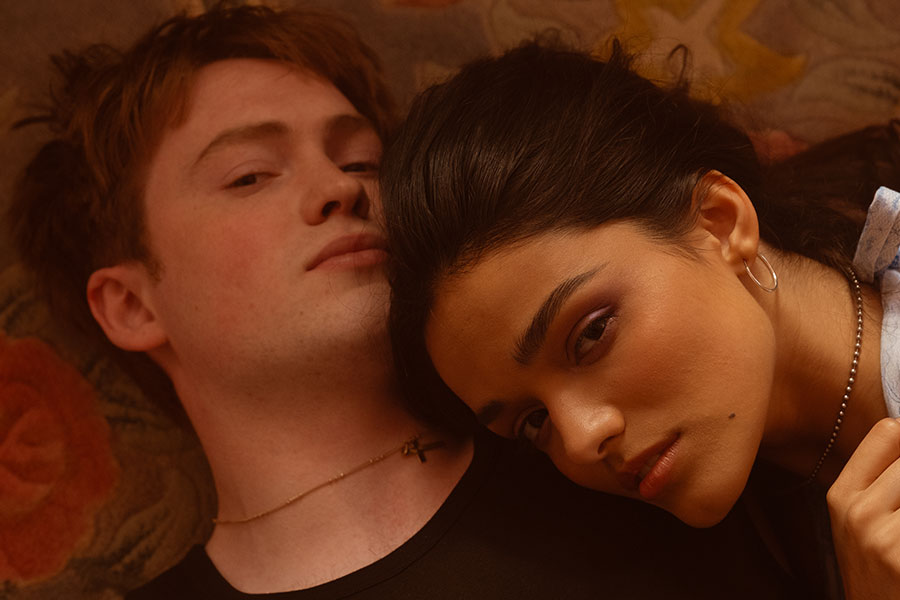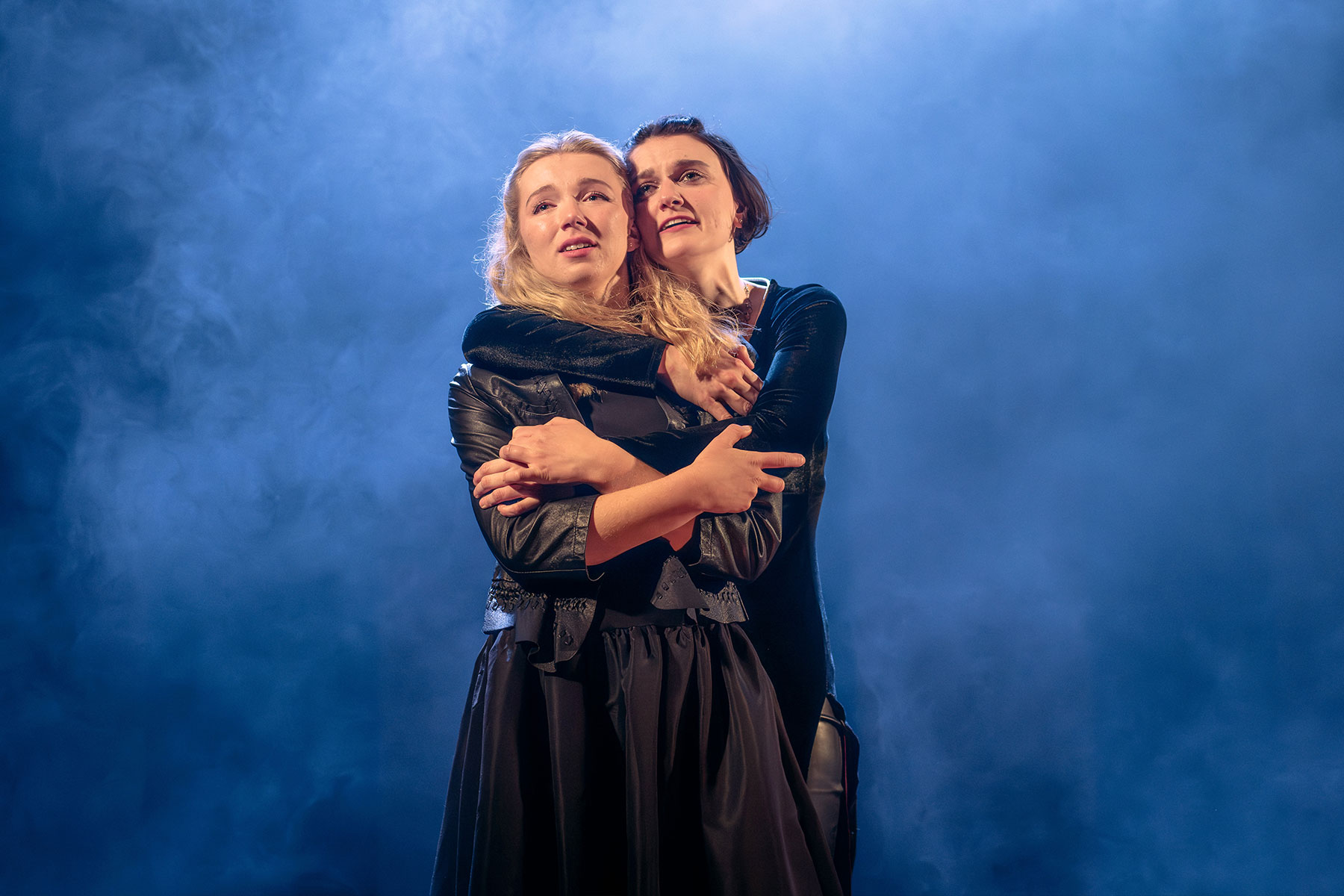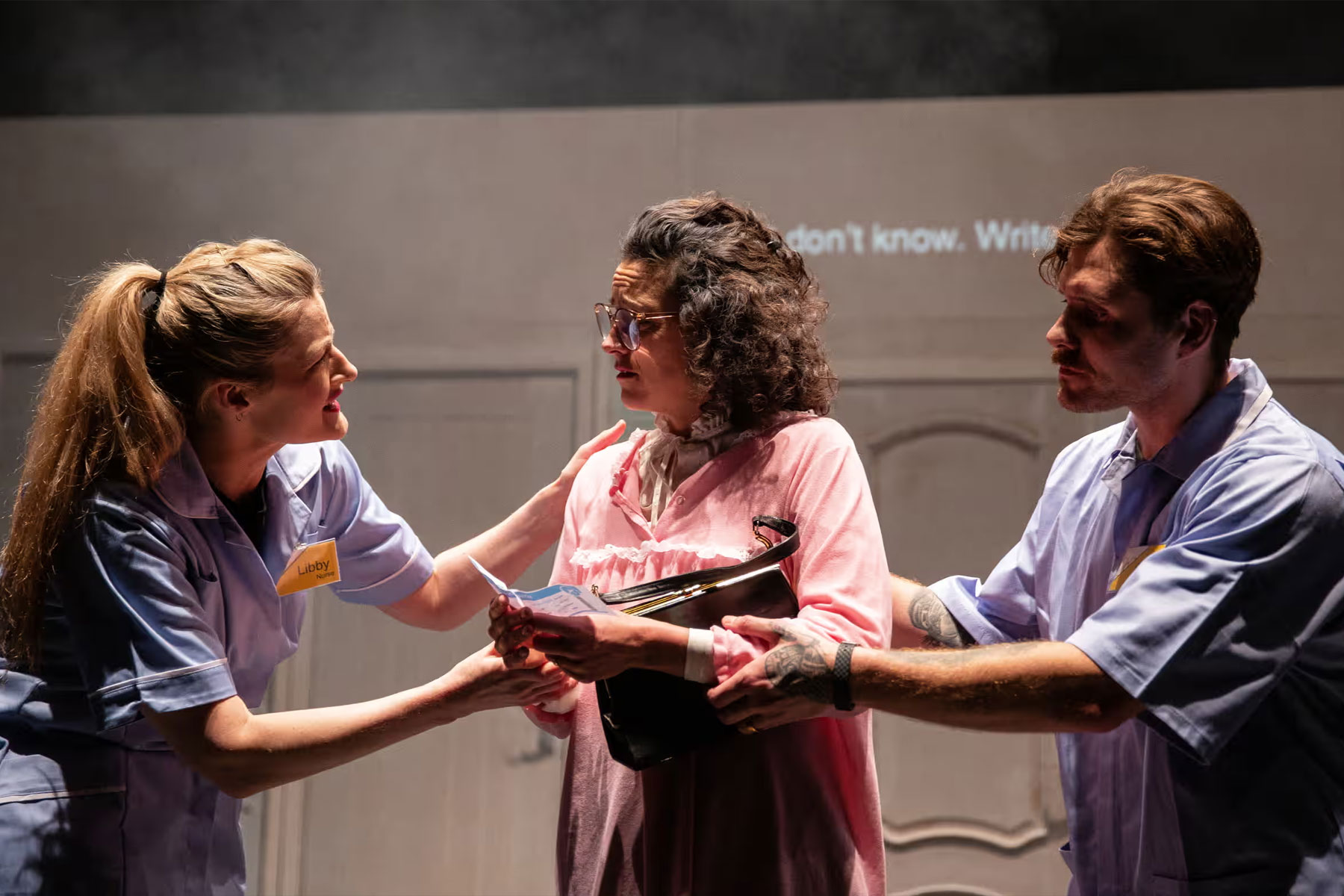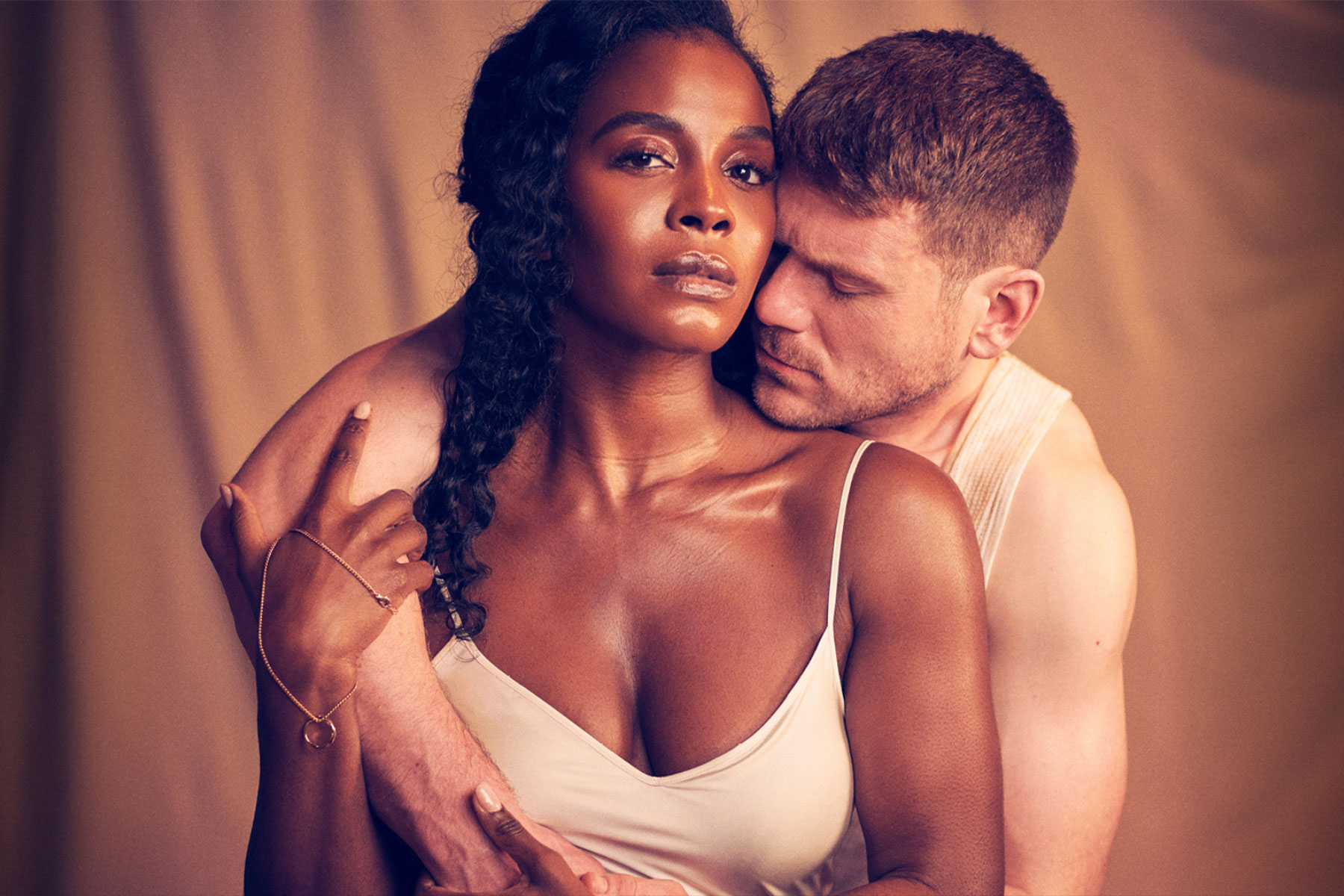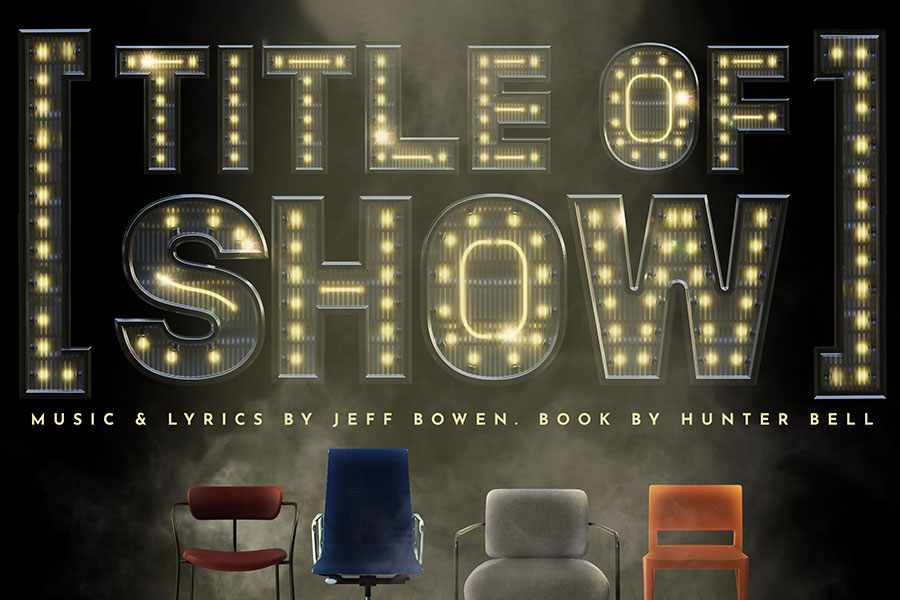Sweeney Todd
Last season’s Chichester Festival Theatre production of Sweeney Todd has arrived at the Adelphi trailing clouds of hype and glory, much of it fully deserved. The performances of Michael Ball as the avenging demon barber and Imelda Staunton as a bustling, bravura, pie-eyed Mrs Lovett will remain definitive for a very long time.
But I do have qualms, not queasiness, about the musical itself, which Jonathan Kent’s penetrating and powerful production does not entirely allay: the second act parlour songs of Beadle Bamford (Peter Polycarpou) outstay their welcome; the love story of the wandering sailor and Sweeney’s lost daughter is under-written; and her birdcage song is one of several banal, over-ingratiating items.
And although the second act recovers from the tactical error of bathing Mrs Lovett’s pie shop in fairy lights and Cockney oompah-pah (Sondheim’s grasp of London/Victorian idiom is shaky throughout), the show does fade away musically after the magnificent trance-like sequence in which the most lyrical “Johanna” motif is threaded through the stalking rhythm of Sweeney’s cut-throat armchair theatrics.
Ball, with a Hitler quiff and a glazed expression, marks with terrifying insouciance the exact Macbeth moment when his revenge mission flips into general psychopathic release. Sondheim says Sweeney is a movie for the theatre, and his invocation of Alfred Hitchcock and in particular the film scores of Bernard Herrmann – scraping strings, thudding rhythms, dark stirrings – is uncannily matched in Ball’s slow prowl around the stage, buoyed on tense purpose.
Perhaps he could unbutton a little more in the waltz explosion with Mrs Lovett at the end of the first act – “Have a little priest” — but he’s leaving all the fiddly stuff to Staunton, who even manages to make of “Beside the Sea” (one of the weaker, less convincing songs) something poignant and hilarious.
I’m not sure, either, about Anthony Ward’s imposing circular set, with the chorus chiming in from the gallery. It must have been ideal for the vast open spaces at Chichester, but looks a bit cramped here, and two spiral staircases are always going to be one too many. Sight lines, I suspect, might be suspect around the edge of the stalls.
Otherwise, the technical presentation is perfect, with superb musical direction by Nicholas Skilbeck and good sound design by Paul Groothius. Fairy lights aside, Mark Henderson’s use of harsh and murky lighting, with rare pools of warmth, is exceptional; Sweeney caresses his friends, his knives, in huge sharp blades of illumination. The Victorian period is loosely rendered in the costumes, and Hugh Wheeler’s book is helped towards the end by a suggestion that “health and safety” might have played their part in exposing corruption and criminality.
And there are very strong support performances from John Bowe as an emphatically perverted, self-flagellating judge and Gillian Kirkpatrick as the harpie-like beggar woman whose proximity to the action catches up with her big time in the Rigoletto-ish final scenes; “I Love Lucy” might be a clue to her relationship with a man called Ball.



